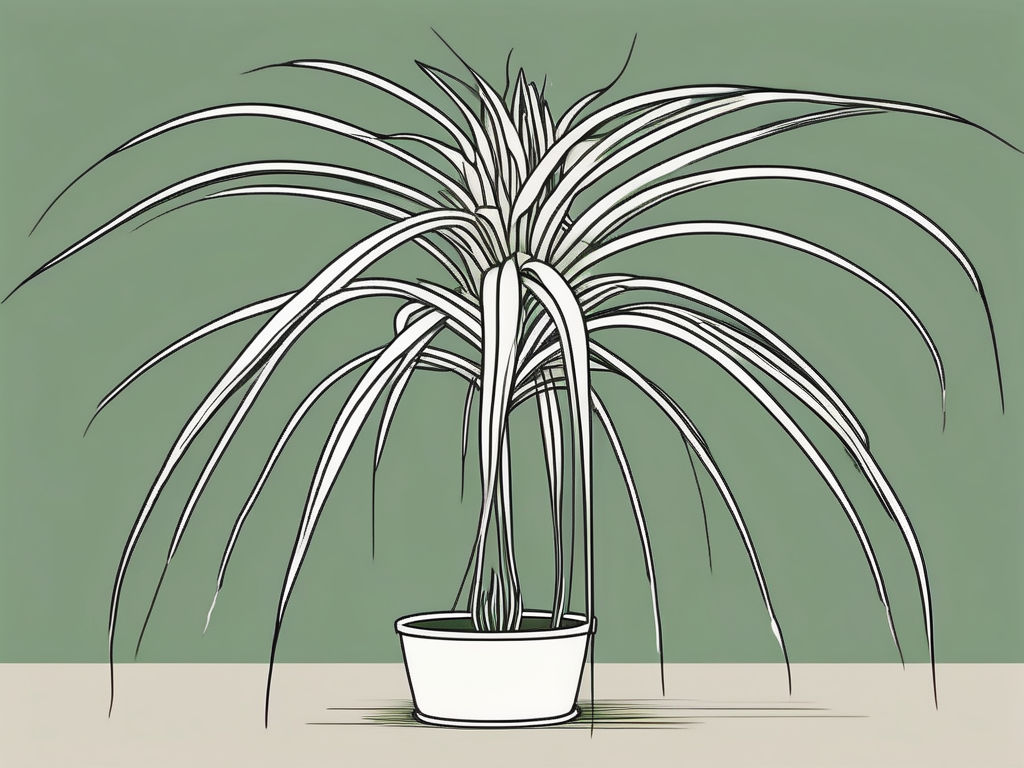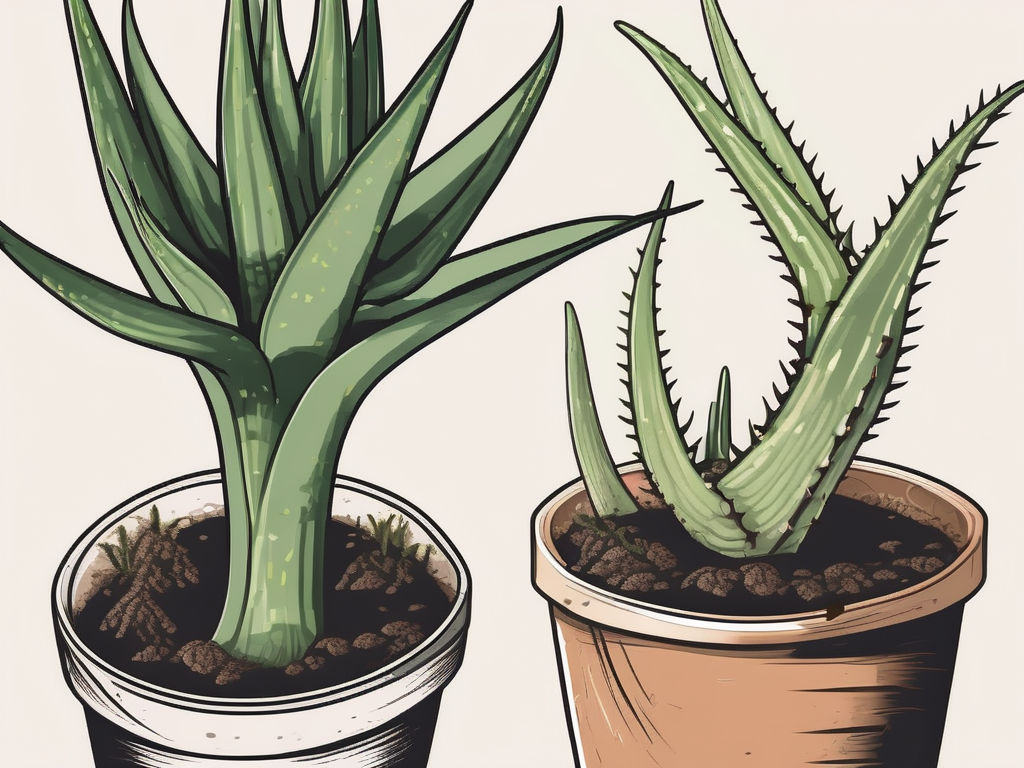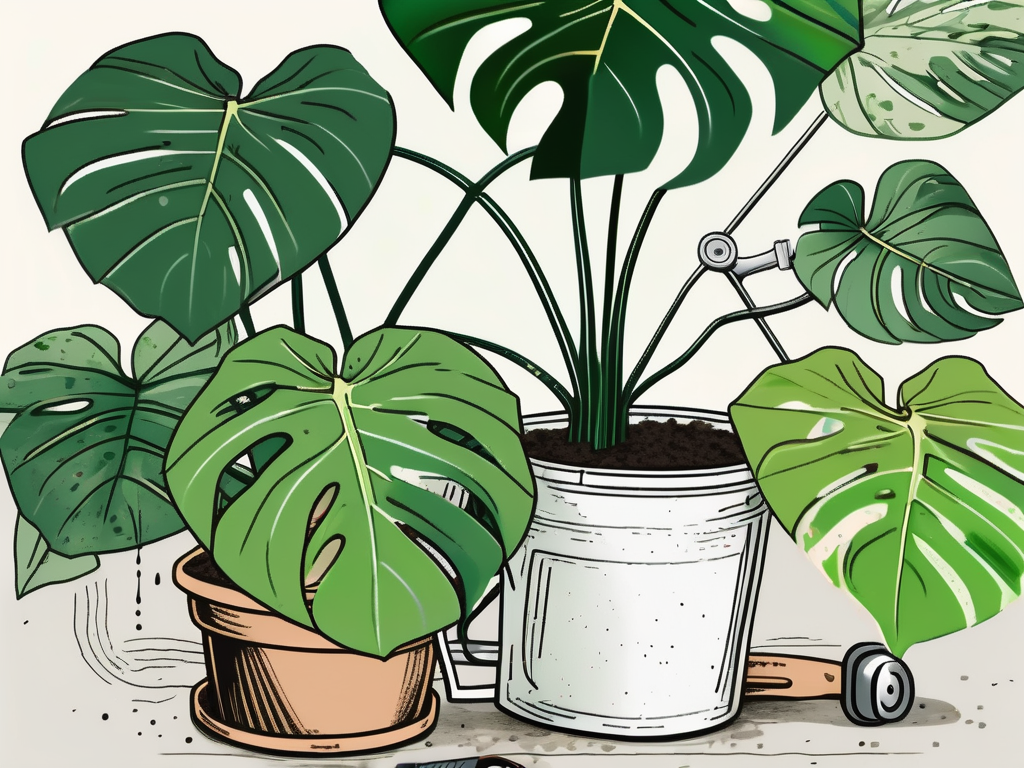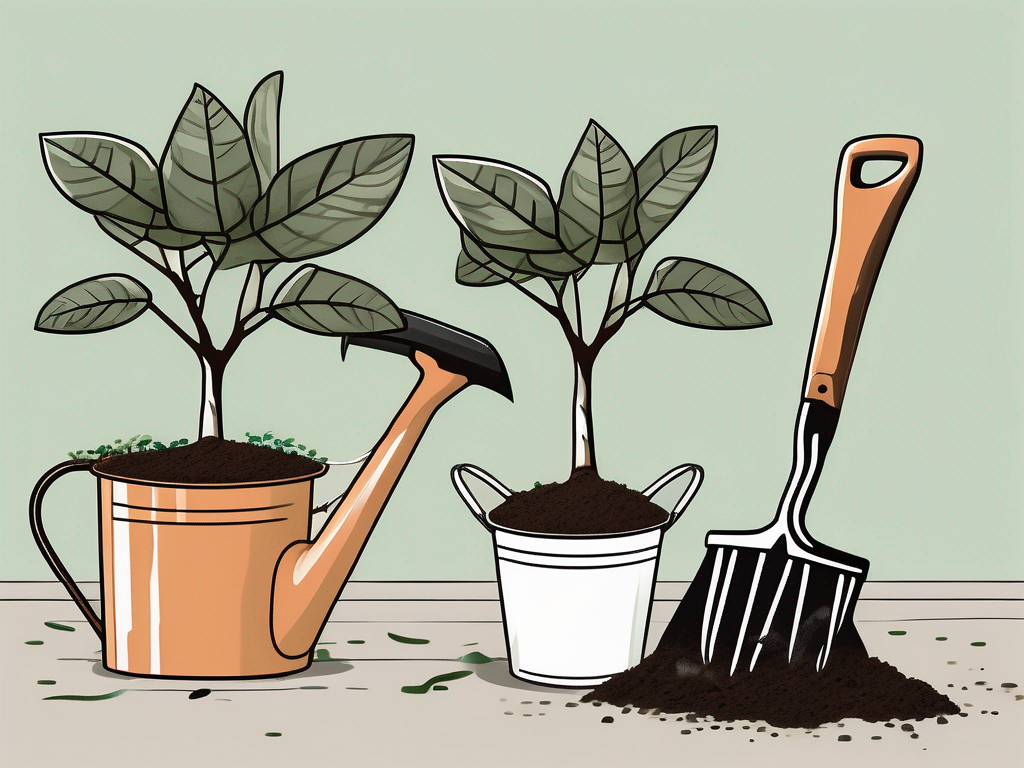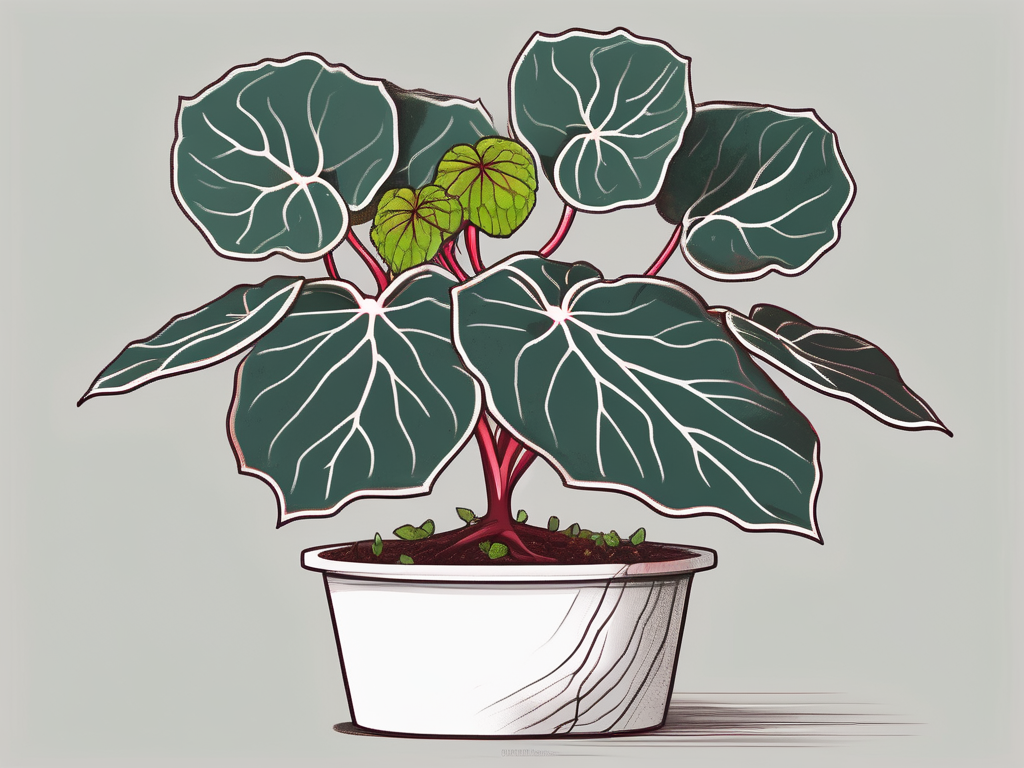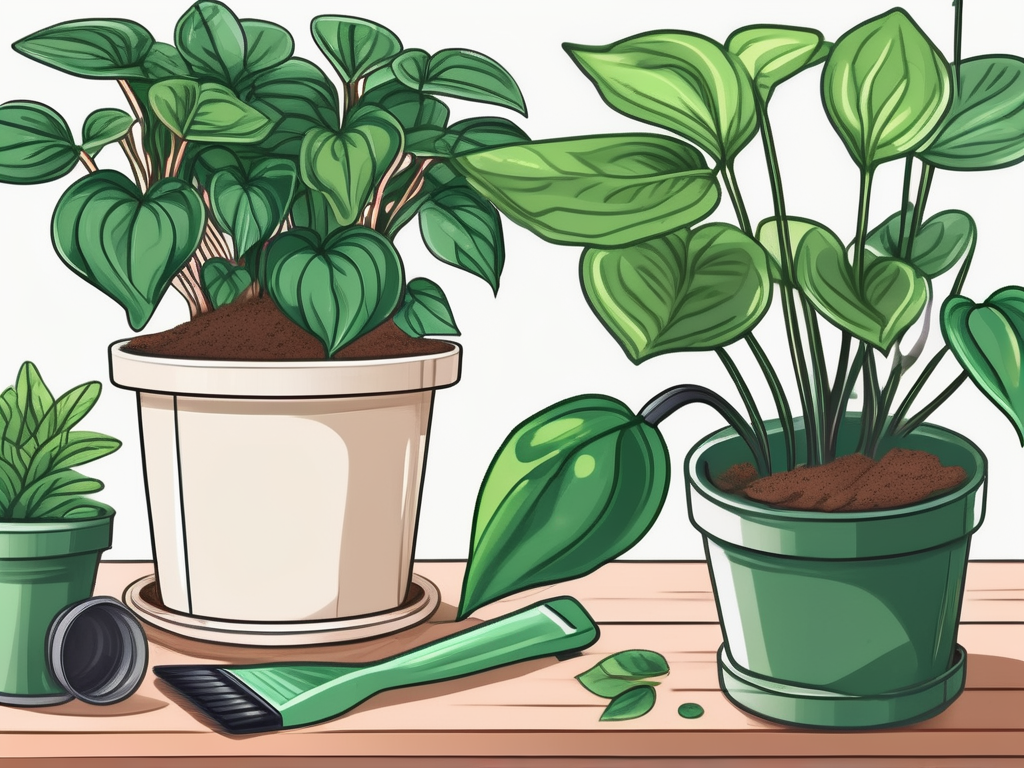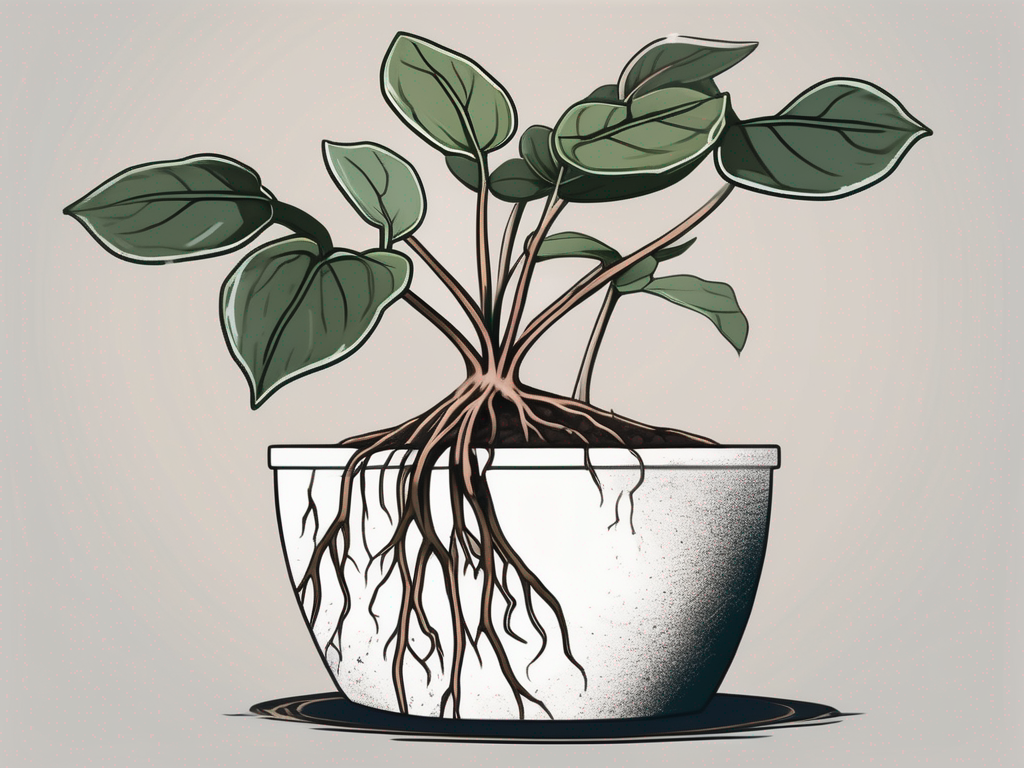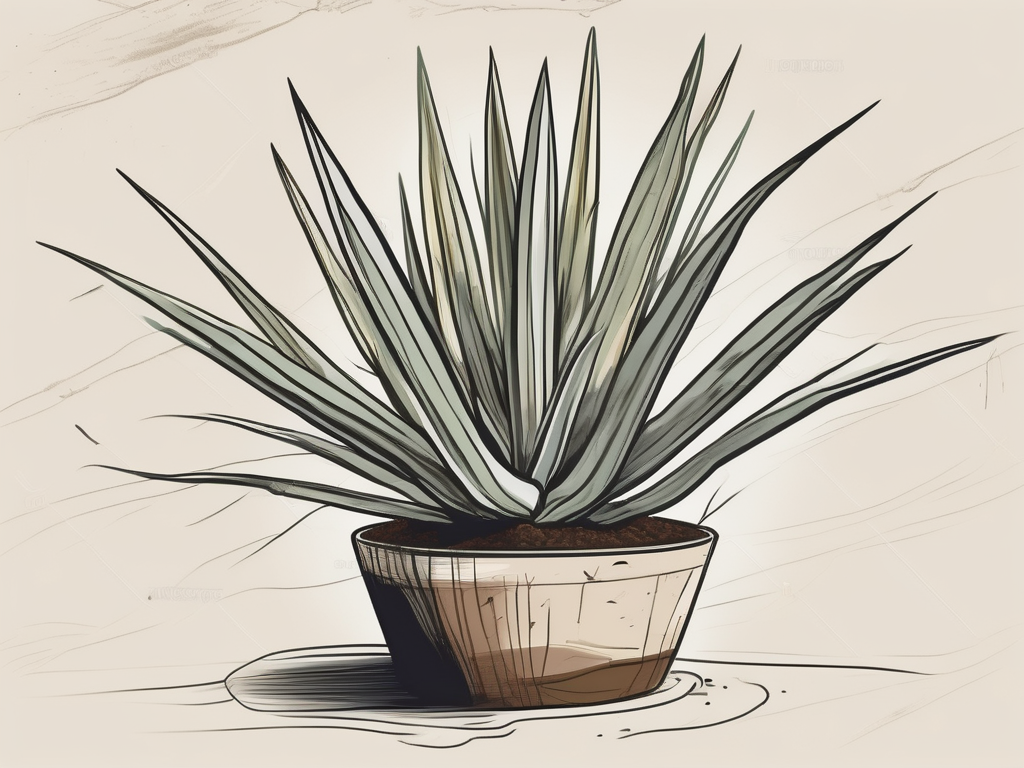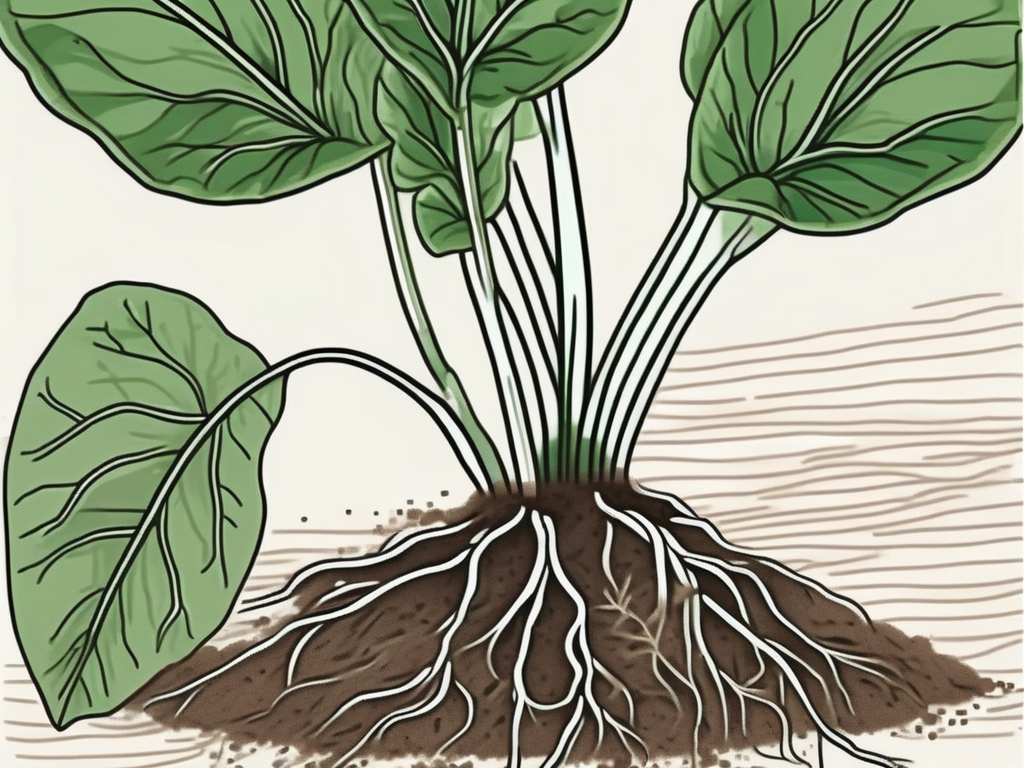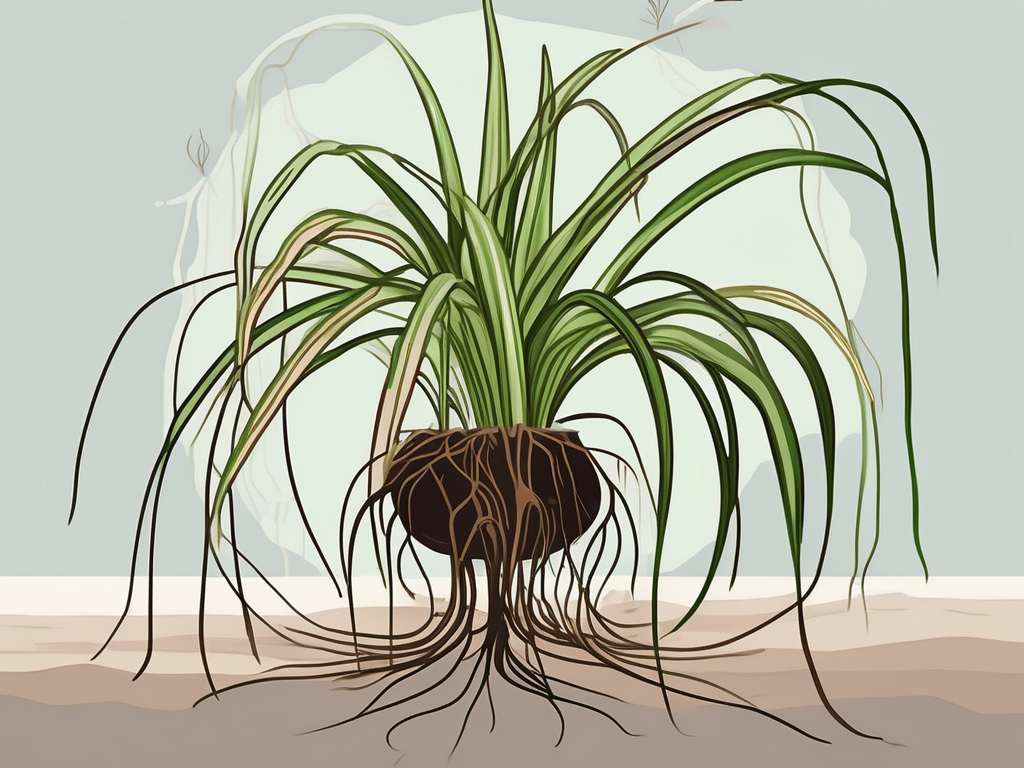
Spider plants are a favorite among houseplant lovers for their easy care and attractive foliage. But even these hardy plants can fall victim to root rot, a common but preventable issue. Whether you're a seasoned plant parent or just starting out, understanding how to prevent root rot is essential for keeping your spider plant healthy and vibrant.
In this article, we'll cover everything you need to know about preventing spider plant root rot. From the importance of proper watering techniques to choosing the right pot, we've got you covered with practical tips and advice. Let's get your spider plant thriving!
Understanding Root Rot and Its Causes
Before we jump into prevention tips, it’s helpful to understand what root rot is. Essentially, it's a disease that affects the roots of a plant, often caused by overwatering and poor drainage. When roots sit in waterlogged soil, they become deprived of oxygen, leading to decay. Fungi and bacteria thrive in these conditions, accelerating the process.
The main culprits behind root rot include:
- Overwatering: Giving your plant too much water is the most common cause of root rot. Spider plants prefer to dry out between waterings.
- Poor Drainage: Without proper drainage, excess water can't escape, creating a soggy environment for the roots.
- Infected Soil: Sometimes, the soil itself can harbor harmful pathogens that cause root rot.
Understanding these causes sets the stage for effective prevention strategies. Let's explore how to keep your spider plant's roots happy and healthy!
Watering Wisely: Techniques to Prevent Overwatering
One of the simplest ways to prevent root rot is by mastering the art of watering. It might sound straightforward, but knowing when and how much to water is crucial.
Check the Soil Moisture
Before reaching for the watering can, check your plant's soil moisture. Stick your finger about an inch into the soil. If it feels dry, it's time to water. If it's still damp, hold off for a few more days. This simple test can save your plant from drowning.
Use the Right Amount of Water
When it’s time to water, make sure to give your plant a good soak. Water until you see it draining from the bottom of the pot. This ensures that the roots are adequately hydrated without sitting in water.
Establish a Watering Routine
Consistency is key. Try to water your spider plant on a schedule that matches its needs. Typically, once every one to two weeks is sufficient, but this can vary based on climate and season. During the warmer months, your plant may need more frequent watering, while in winter, less is often more.
Choosing the Right Pot: Why It Matters
The pot you choose for your spider plant plays a significant role in preventing root rot. A pot that allows for proper drainage and breathability can make all the difference.
Drainage Holes Are Essential
Always opt for a pot with drainage holes. These holes allow excess water to escape, preventing soggy soil. If you fall in love with a pot that lacks drainage, consider using it as a decorative cover with a smaller, well-draining pot inside.
Material Matters
While ceramic and plastic pots are popular, terracotta pots can be particularly beneficial for plants prone to root rot. Terracotta is porous, allowing air to circulate through the soil, which helps it dry out faster.
Don’t Oversize
Choosing the right pot size is also important. A pot that’s too large holds more soil, which can retain excess moisture. Stick to a pot that’s just slightly larger than the plant’s root ball to help control moisture levels.
Soil Selection: Creating the Perfect Environment
The type of soil you use can either promote healthy root growth or contribute to root rot. A well-draining soil mix is crucial for spider plants.
Look for Well-Draining Soil
Spider plants thrive in soil that allows water to pass through easily. Consider a potting mix specifically formulated for indoor plants, or create your own by combining regular potting soil with perlite or sand to improve drainage.
Consider Adding Amendments
To further enhance drainage, you might add materials like pumice, bark, or coconut coir to your soil mix. These amendments help improve aeration and prevent compaction.
Regularly check the condition of the soil. Over time, soil can become compacted, reducing its ability to drain properly. If you notice this, it might be time to repot your plant with fresh soil.
Spotting the Signs of Root Rot Early
Even with the best care, sometimes root rot can sneak up on you. Knowing the early signs can help you address the problem before it becomes severe.
Yellowing Leaves
One of the first signs of trouble is yellowing leaves. While this can also indicate other issues, it’s a common symptom of root rot. Pay attention if the yellowing is widespread or accompanied by other signs.
Mushy Roots
If you suspect root rot, gently remove your plant from its pot and examine the roots. Healthy roots should be firm and white, while rotting roots will appear brown and mushy.
Unpleasant Odor
A foul smell coming from the soil or roots is another indicator of root rot. Trust your senses—if something smells off, it’s worth investigating further.
Rescuing a Plant with Root Rot
If you discover root rot, don’t panic. With prompt action, you may still save your plant.
Remove Affected Roots
Start by cutting away any mushy, brown roots using clean scissors or shears. Be sure to sterilize your tools before and after to prevent spreading any disease.
Repot in Fresh Soil
After trimming the affected roots, repot your plant in fresh, well-draining soil. This gives it a clean slate to start recovering.
Adjust Watering Habits
Once repotted, be cautious with watering. Let the plant settle and monitor the soil moisture before watering again.
Maintaining a Healthy Environment
Creating a suitable environment for your spider plant is key to preventing root rot and encouraging healthy growth.
Temperature and Humidity
Spider plants prefer temperatures between 65°F and 75°F. They can tolerate lower temperatures but may become stressed if it gets too cold. Aim for moderate humidity levels to keep your plant happy.
Light Conditions
These plants thrive in bright, indirect light. While they can adapt to lower light, insufficient light can slow down growth and affect their overall health. Avoid direct sunlight, as it can scorch the leaves.
Feeding Your Spider Plant
While not directly related to root rot, proper fertilization supports overall plant health, making your spider plant more resilient.
Use a Balanced Fertilizer
A balanced, water-soluble fertilizer applied every month during the growing season (spring and summer) will provide the nutrients your spider plant needs. Be cautious not to over-fertilize, as this can lead to salt buildup in the soil.
Reduce Feeding in Fall and Winter
As the plant's growth slows in the cooler months, reduce or eliminate feeding. Your plant requires less energy during this time, and excessive fertilizer can harm the roots.
Regular Maintenance and Monitoring
Consistent care and observation can prevent many plant problems, including root rot.
Inspect Your Plant Regularly
Make a habit of checking your spider plant for signs of stress or disease. Early detection of issues like leaf discoloration or wilting can help you address problems before they worsen.
Routine Cleaning
Dust can accumulate on spider plant leaves, hindering their ability to photosynthesize. Gently wipe the leaves with a damp cloth to keep them clean and healthy.
By staying attentive to your plant's needs, you'll be better equipped to prevent problems before they start.
Final Thoughts
Preventing root rot in spider plants involves understanding the causes and taking proactive measures to ensure proper watering, drainage, and environment. With these tips, you'll be well on your way to nurturing a thriving spider plant.
At Cafe Planta, we're passionate about helping you succeed in your plant journey. Whether you're looking for new plants or need advice on care, we're here for you. Feel free to reach out via email or connect with us on Instagram. We believe in the power of plants to bring joy and connection, and we're excited to support you every step of the way!













